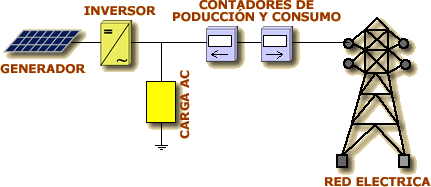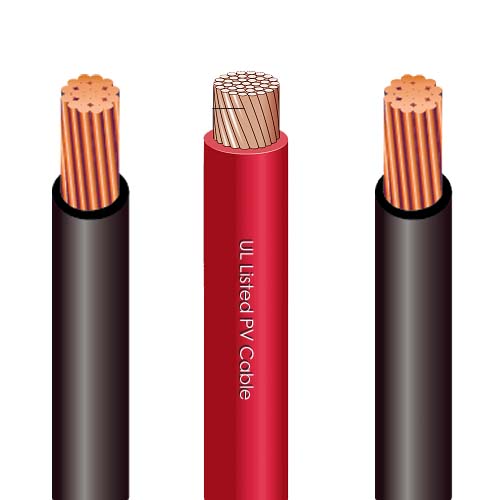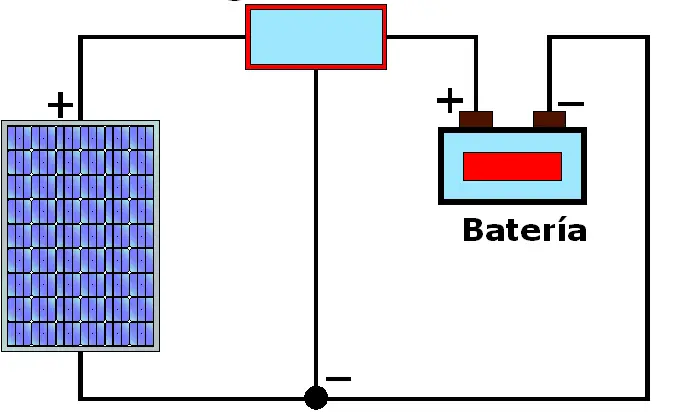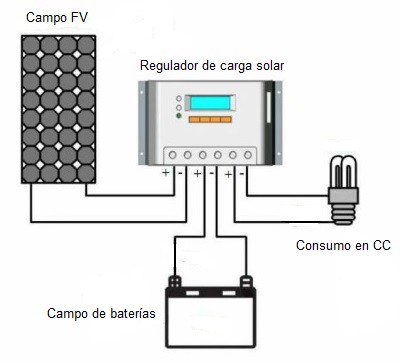Los sistemas fotovoltaicos autónomos o aislados no necesitan de una conexión con una red eléctrica y su funcionamiento es independiente o autónomo de dicha red.
Las aplicaciones que más se están implementando actualmente son pequeñas instalaciones para iluminación de viviendas a las que no llega la red general, de bombeo, instalaciones agrícolas varias, de señalización, albergues, campings, refugios, chalets de verano y fin de semana.
El criterio que se sigue en el dimensionado de un sistema fotovoltaico aislado no es tanto el producir la máxima energía sino que aparece el concepto de fiabilidad (asegurar el buen funcionamiento del sistema procurando que los fallos sean mínimos).
Dimensionar un sistema fotovoltaico aislado requiere 7 pasos:
1. Estimación de la carga eléctrica (consumo eléctrico)
Debemos conocer la potencia de cada elemento de consumo y el tiempo de uso estimados. Normalmente el cálculo se hace utilizando W/h como unidad de energía.
Para estimar estos valores podemos consultar el siguiente enlace
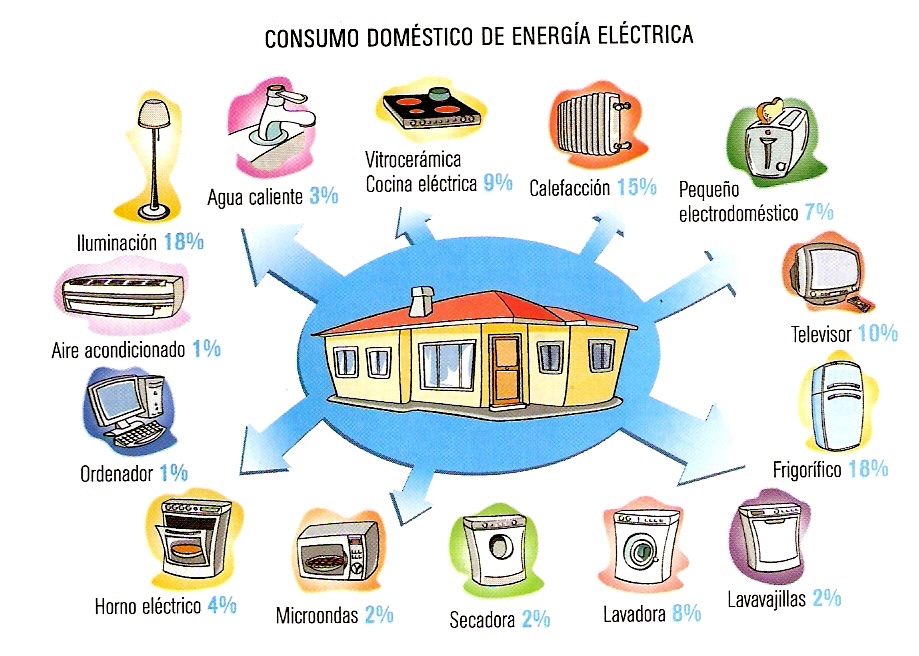
2. Estimación de la energía solar disponible
Hm es la energía en kWh que incide sobre un metro cuadrado de superficie horizontal en un día medio del mes m. De la tabla correspondiente se obtiene el valor en MJ/m2 (mega julios / m2).
Hay que realizar la conversión y expresarlo en Wh/m2 ó kWh/m2. Siendo 1 MJ a 277,77 Wh ó 0,277 kWh.
Para estimar estos valores podemos consultar el siguiente enlace
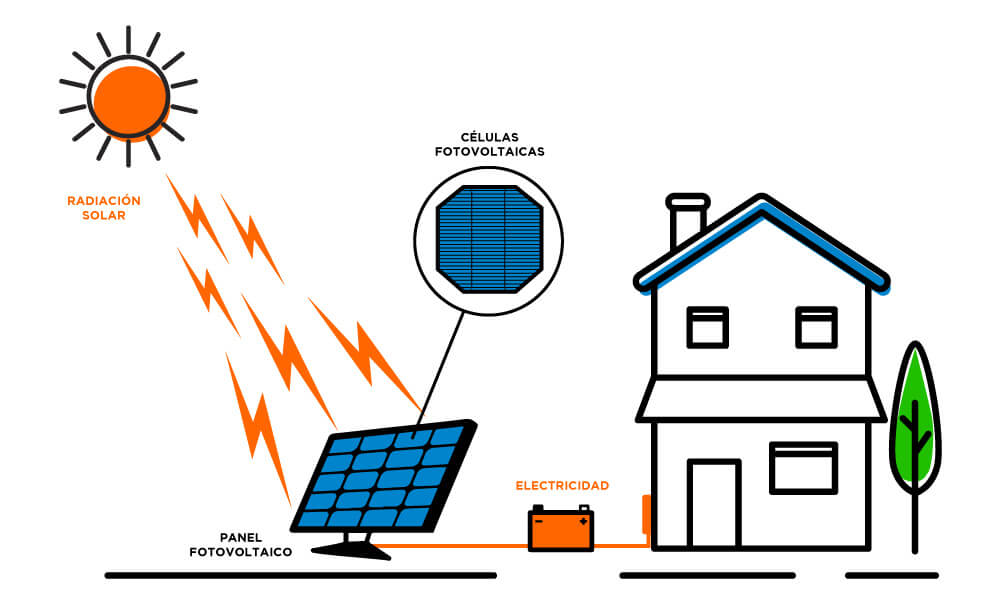
3. Dimensionado de baterías
Para definir el tamaño del acumulador, se deberá establecer N (Días de autonomía). Es el número de días consecutivos que en ausencia de Sol, el sistema de acumulación es capaz de atender el consumo, sin sobrepasar la profundidad máxima de descarga de la batería.
Identificado N y conocida la energía total requerida Et (consumo final de electricidad) en un período de 24 horas vamos a calcular la energía real Er que los módulos deben aportar a la batería elegida (que tendrá una profundidad de descarga máxima admisible pd).
La energía Er diaria deberá tener en cuenta las diferentes pérdidas que existen:
Er = Et / R
Siendo R un factor global de rendimiento de la instalación, cuyo valor será:
R = 1 – [(1 – kb – kc – kv) ka . N / pd] – kb – kc – kv
kb: coeficiente de pérdidas por rendimiento en la batería. Varía entre 0,05 (si no hay descargas intensas) y 0,1 (para casos más desfavorables).
ka: coeficiente de autodescarga. Si el dato no aparece en la ficha técnica de la batería, puede estimarse en 0,005 (0,5% diario).
kc: coeficiente de pérdidas en el convertidor. Si el sistema no incorpora inversor, es cero. Oscila entre 0,2 para inversores de onda senoidal y 0,1 para inversores de onda cuadrada.
kv: coeficiente de otras pérdidas. Suele estimarse en 0,15 y en 0,05 si ya hemos considerado los rendimientos de cada aparato al calcular los consumos.
Calculado R y obtenida Er pasamos a determinar la capacidad útil Cu de la batería. La batería debe ser capaz de acumular la energía a suministrar a lo largo de ese período:
Cu = Er . N
Para pasar de Wh a Ah, dividiremos Cu entre la tensión nominal de la batería (generalmente 12 V o 24 V).
Ahora calculamos la capacidad nominal máxima C asignada por el fabricante de la batería. Estas capacidades serán asignadas para temperaturas entre 20º y 25º C.
C = Cu / pd
Con estos datos se seleccionará, entre las baterías que se ofrecen en el mercado, la que más se aproxime a la capacidad nominal C obtenida.
Para estimar estos valores podemos consultar el siguiente enlace
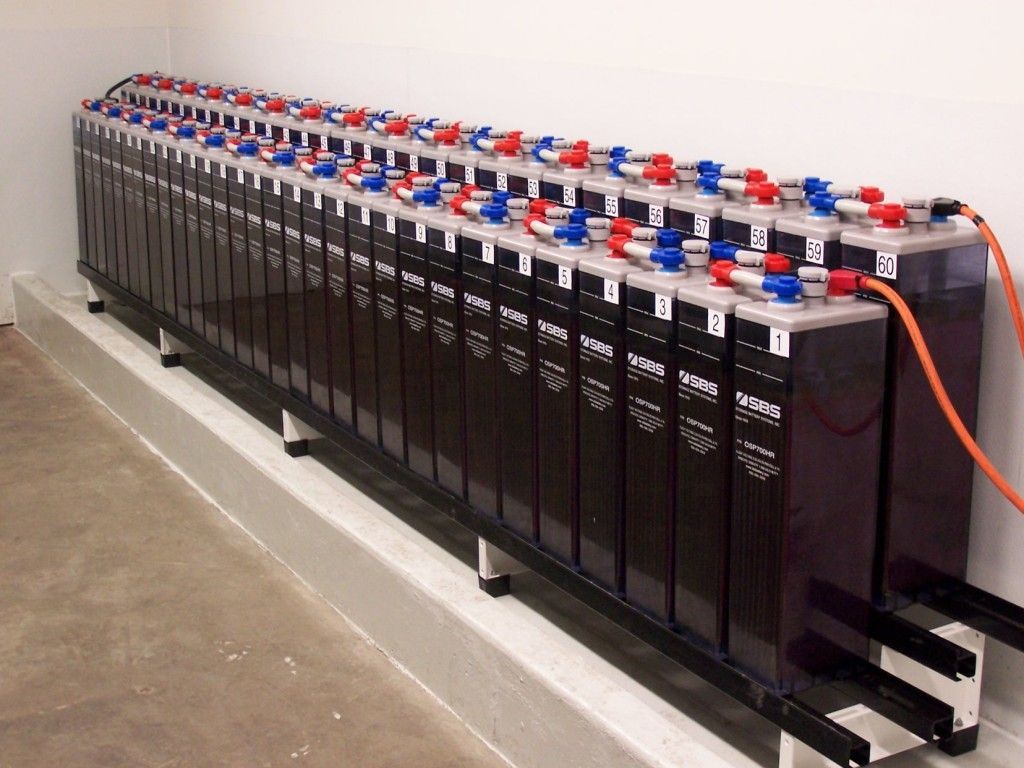
4. Dimensionado de la superficie de captación
La energía originada en los módulos que debe llegar al acumulador (Er) sufre pérdidas originadas por el regulador que se estiman en aproximadamente el 10%; por lo tanto la cantidad diaria de energía a producir por los módulos Ep es:
Ep = Er / 0,9
A partir de la siguiente fórmula calcularemos las HSP (horas de sol pico u horas de sol a una intensidad de 1000 W/m2), partiendo de H expresada en MJ (1 kWh= 3,6 MJ):
HSP = 1 / 3,6 k . H (MJ) = 0,2778 k . H
k es el factor de corrección por inclinación de los módulos de acuerdo con la latitud de la localización de la instalación.
H es la radiación media diaria de cada mes expresada en MJ/m2.
Para acceder a estos valores podemos consultar el siguiente enlace
Como ya hemos dicho, debemos basarnos en el mes más desfavorable y además corregir de acuerdo con los factores climatológicos de la zona (atmósfera limpia o zona de montaña = 1,05; zona con polución = 0,95; zona con nieblas = 0,92).
La orientación idónea es siempre hacia el ecuador y para determinar la inclinación podemos seguir las recomendaciones del post Estructura soporte.
Para calcular el número de módulos usaremos la siguiente fórmula:
NM = Ep / 0,9 . Pp . HSP
Pp es la potencia nominal (pico) de los módulos elegidos. Se seleccionará la combinación de módulos más adecuada para la instalación (precio, espacio disponible, carga a satisfacer, etc.).
Se multiplica por 0,9 para considerar las posibles pérdidas adicionales que pueden provocar la suciedad de los módulos, reflexión, etc..
Si el resultado no es un número entero, se redondeará a la unidad superior si el decimal es igual o mayor a 0,5 e inferior si es menor de 0,5.
Conociendo el número de total de paneles del generador fotovoltaico y la tensión nominal de la batería, que coincide con la tensión nominal de la instalación, se puede determinar si es necesario agrupar los módulos en serie y en paralelo. El número de módulos que habrá que conectar en serie, se calcula así:
Ns = VBat / Vm
Donde:
Ns número de módulos en serie por rama
VBat tensión nominal de la batería (V)
Vm tensión nominal de los módulos (V)
Y el número de ramas en paralelo a conectar para suministrar la potencia necesaria, viene dado por:
Np = NM / Ns
Siendo Np el número de módulos a conectar en ramas paralelo.
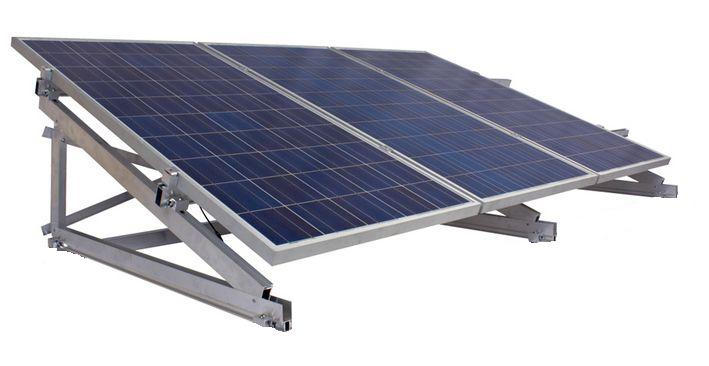
5. Especificar el controlador o regulador
Para el dimensionado podemos consultar el post Regulador de carga solar.
Se dimensionará la instalación, de tal forma que el factor de seguridad se corresponda con un 10% como mínimo entre la potencia máxima producida y la del regulador. Se utilizará el mínimo número posible de reguladores.
Para hallar el número de reguladores Nr utilizaremos la siguiente ecuación:
Nr = Npp . ip / ir
Siendo:
Npp el número de módulos en paralelo.
ip la intensidad pico del módulo seleccionado.
ir la intensidad máxima que es capaz de disipar el regulador.

6. Dimensionado del inversor
A la hora de dimensionar el inversor se tendrá en cuenta la potencia que demanda la carga compuesta por dispositivos de CA, de forma que se elegirá un inversor cuya potencia nominal sea apenas superior a la máxima demandada por la carga.
Si el sistema cuenta con dispositivos de CA podemos consultar el post Convertidor solar para dimensionarlo.
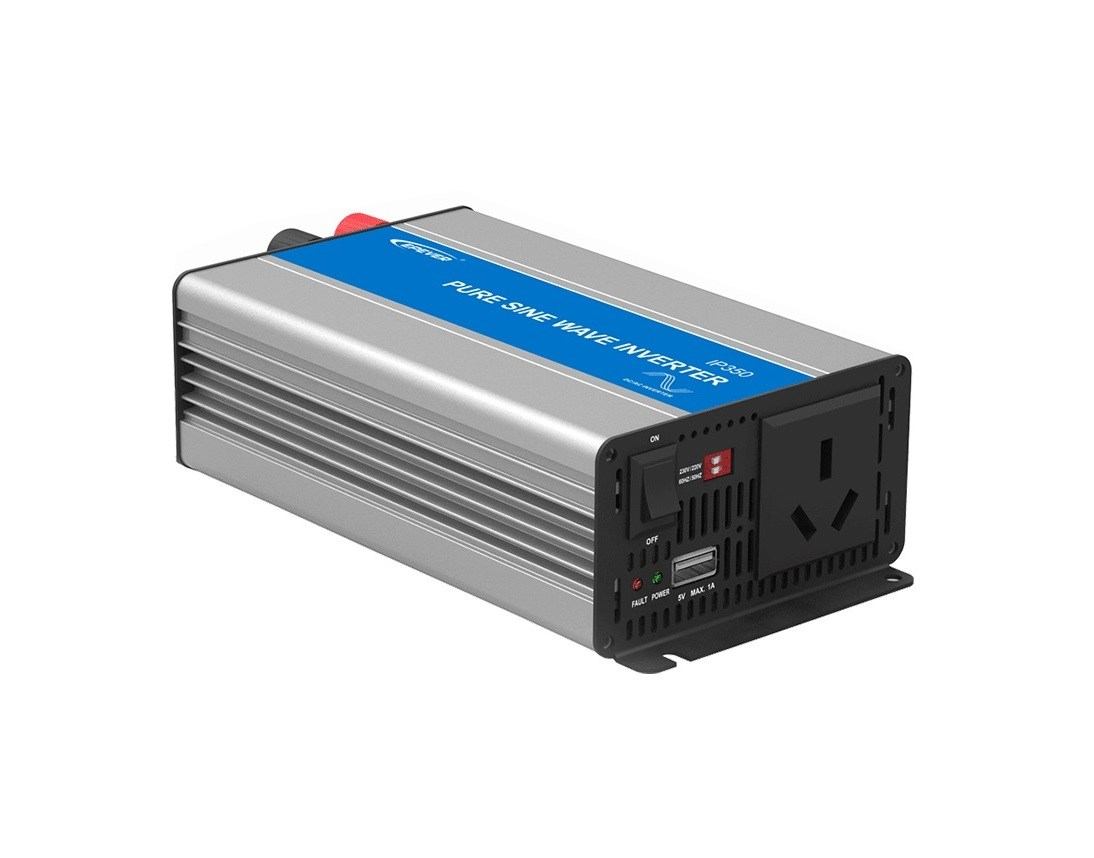
7. Elección de la sección de los cables
Para seleccionar la sección de cables se tendrán en cuenta las recomendaciones del post Cableado solar.
El dimensionado del cableado constituye una de las tareas en las que se deberá prestar especial atención, ya que siempre que exista consumo habrá pérdidas debido a las caídas de tensión en los cables.
Este es un extracto de los contenidos incluidos en el Manual Técnico-Comercial de Energía Solar Fotovoltaica y en la formación e-learning de Sopelia.
Todo lo que necesitas es Sol. Todo lo que necesitas es Sopelia.


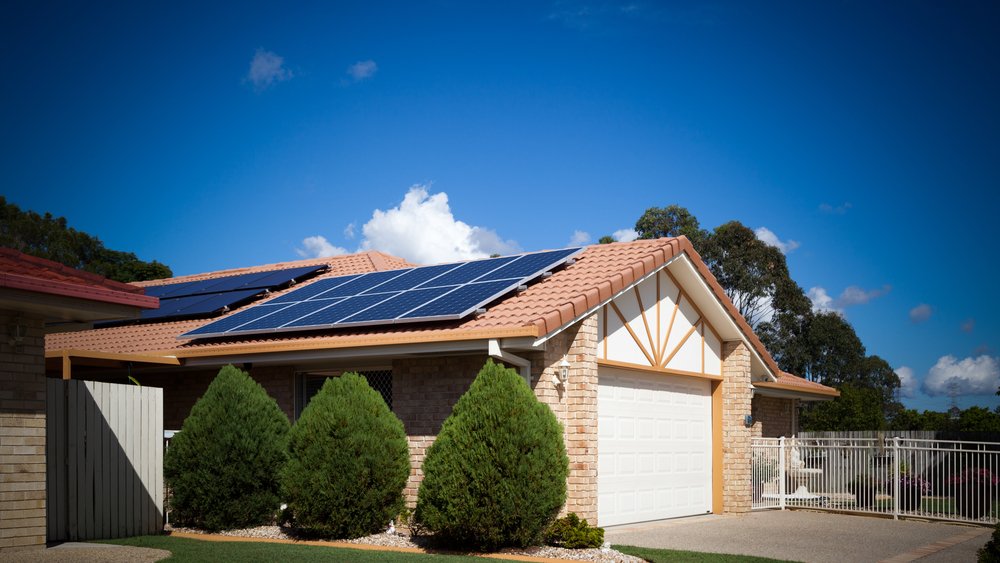


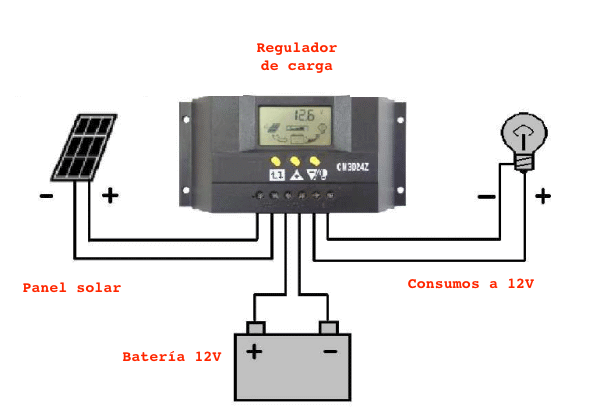

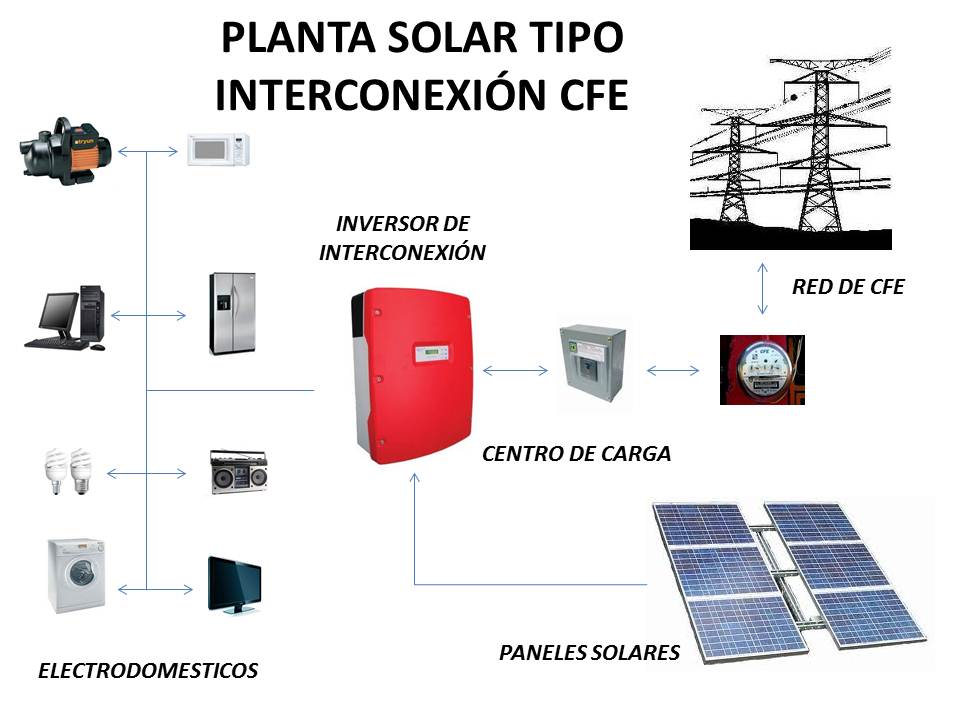

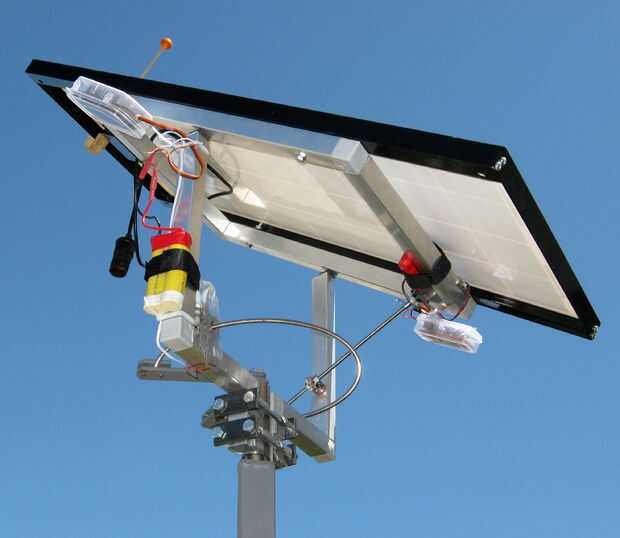
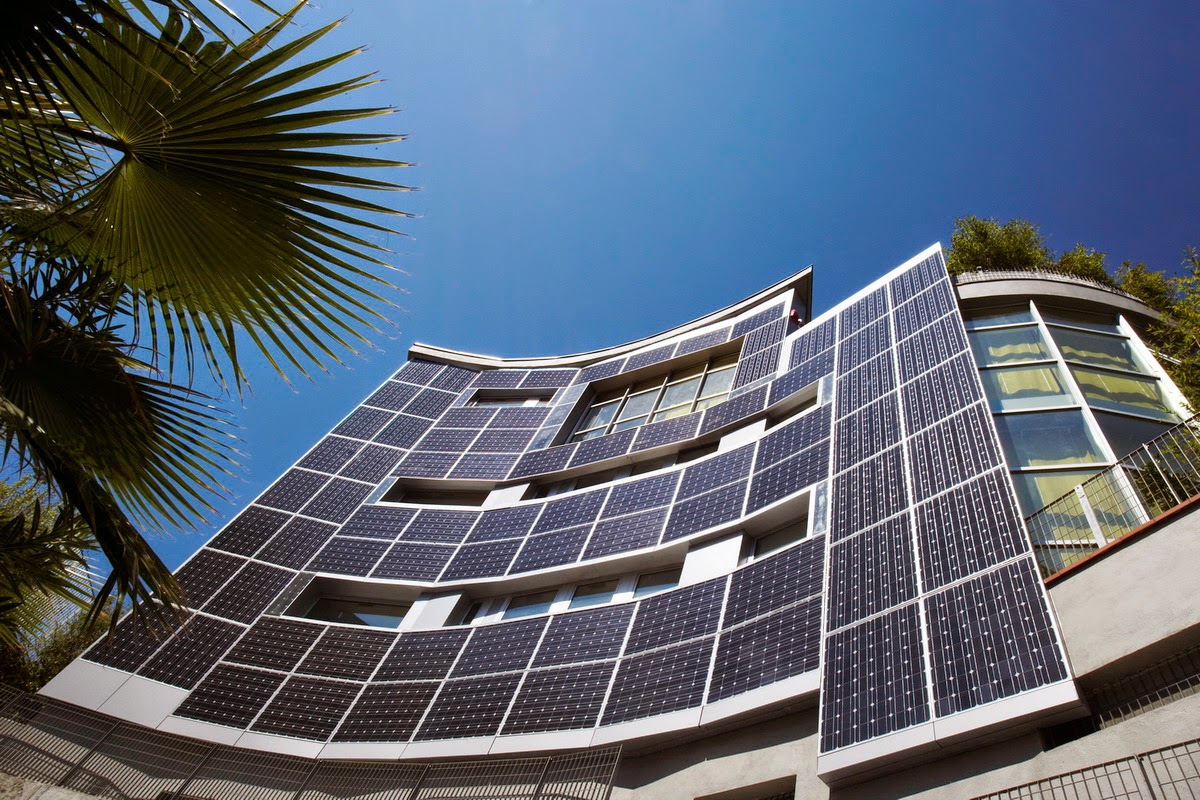
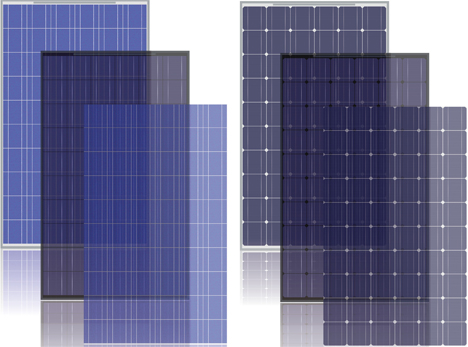

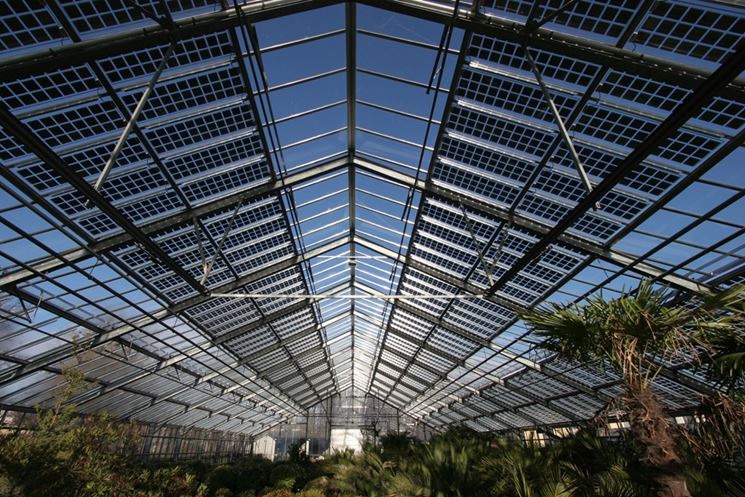




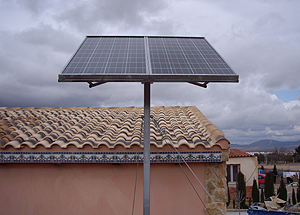
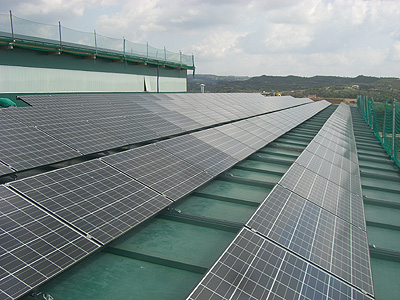

 Los cables para aplicaciones fotovoltaicas tienen una designación, según normativa, que está compuesta por un conjunto de letras y números, cada uno con un significado.
Los cables para aplicaciones fotovoltaicas tienen una designación, según normativa, que está compuesta por un conjunto de letras y números, cada uno con un significado.








